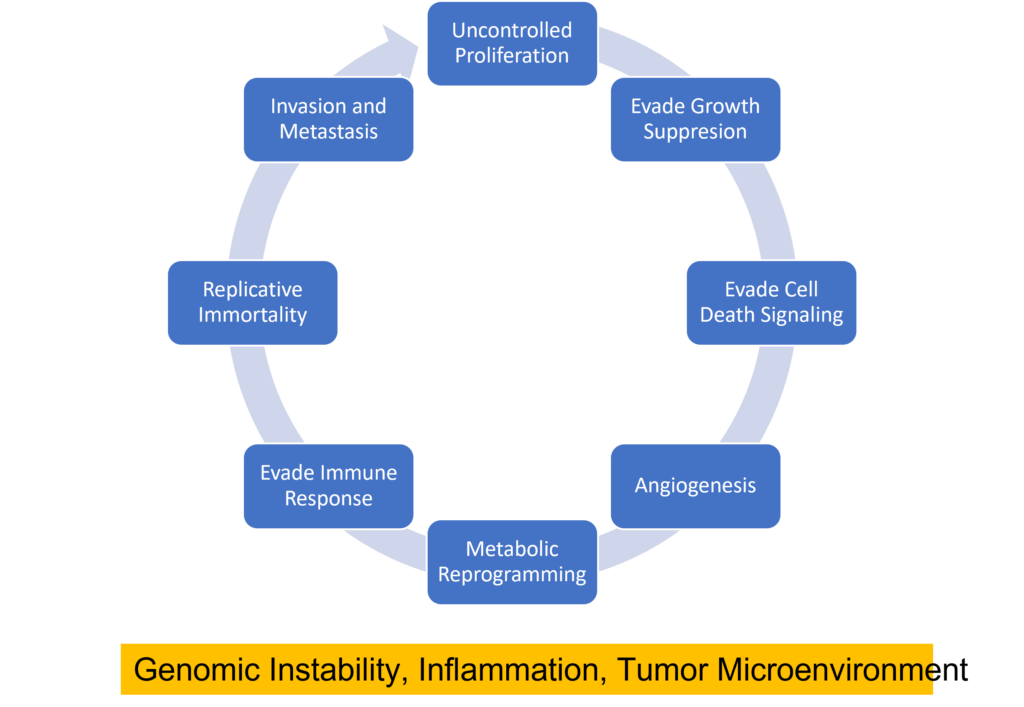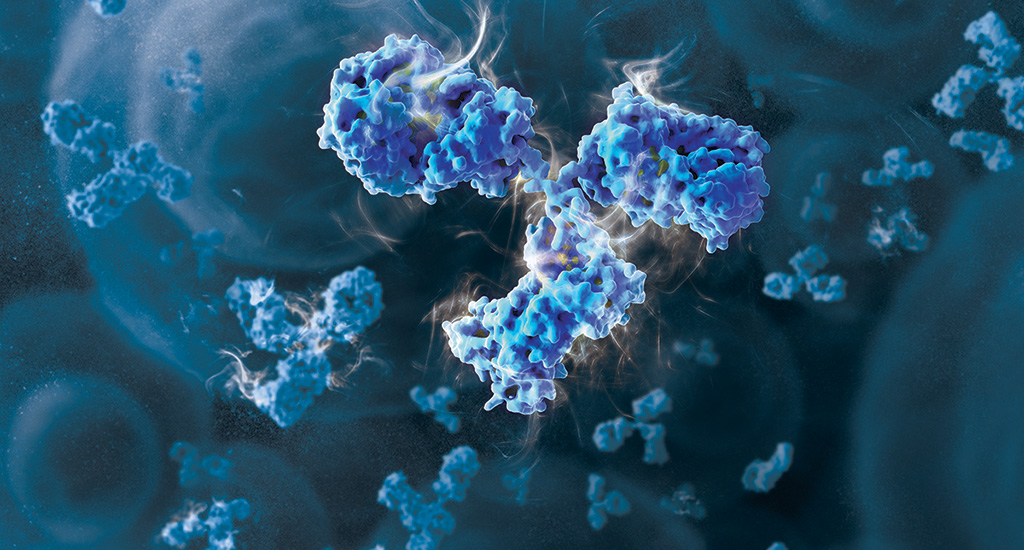Our cells, and the DNA they contain, are under constant attack from external factors such as ionizing radiation, ultraviolet light and environmental toxins. Internal cellular processes can also generate metabolites, such as reactive oxygen species, that damage DNA. In most cases, DNA damage results in permanent changes to DNA molecules, including DNA mismatches, single-strand breaks (SSBs), double-strand breaks (DSBs), crosslinking, or chemical alteration of bases or sugars. If left unchecked, DNA damage can cause genome instability, mutations and aberrant transcription, and oncogenic transformation.

Fortunately, our cells have also evolved multiple pathways to repair damaged DNA, collectively known as the DNA damage response (DDR). The type of repair mechanism depends on the nature of the damage, and whether the damage occurs in mitochondrial or nuclear DNA. These mechanisms have been reviewed extensively (1,2). Recently, considerable attention has focused on pathways for repairing SSBs and DSBs, mediated by the ADP-ribosylating enzyme known as poly (ADP-ribose) polymerase 1, or PARP-1.
Continue reading “PARP and DDR Pathways: Targeting the DNA Damage Response for Cancer Treatment”








